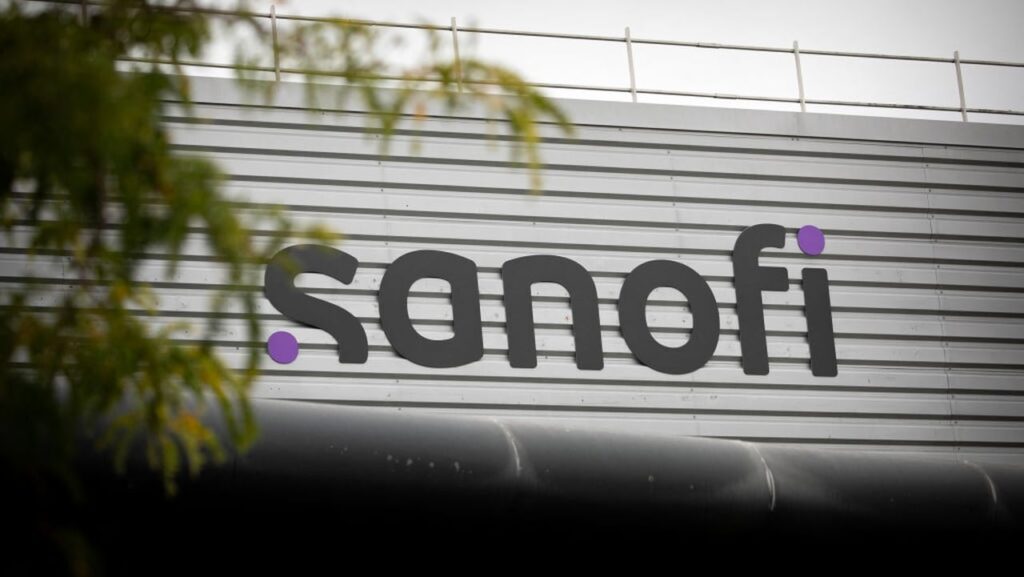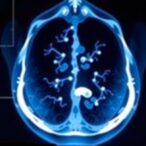Some of Sanofi’s most high-profile readouts this year can’t have made for easy reading at the French pharma’s Paris headquarters.
In April, the company revealed that its anti-OX40L-ligand antibody amlitelimab had flunked a phase 2 asthma trial. The same month, the drugmaker reported that its oral TNF inhibitor balinatunfib missed the goal of a midstage psoriasis study. Weeks later, the Regeneron-partnered IL-33 candidate itepekimab failed one of a pair of phase 3 studies in chronic obstructive pulmonary disease.
Even a phase 3 win for amlitelimab—which Sanofi secured as part of its $1.1 billion acquisition of Kymab back in 2021—in atopic dermatitis earlier this month received a lukewarm reception from analysts and dented the company’s stock price.
Despite these setbacks, Sanofi’s head of R&D Houman Ashrafian, Ph.D., told Fierce Biotech that he takes a “pretty pragmatic” approach to the Big Pharma’s portfolio.
“We’ve had a year which has been mixed, but that reflects the risks of drug development, particularly in immunology and inflammation, and particularly in areas where … the clinical trial space has been shaped by preexisting molecules,” Ashrafian said in an interview.
The R&D chief spoke to Fierce ahead of the release of more detailed data from the failed phase 2 asthma trial for amlitelimab. According to a presentation at the European Respiratory Society International Congress this morning, 250 mg of amlitelimab, dosed every four weeks, was linked to a 24.5% reduction in patients’ annualized asthma exacerbation rate (AAER) at week 48 compared to placebo. The result equated to a p-value of 0.22, and the trial missed its primary endpoint.
Still, Sanofi is keen to point to a subgroup of patients with mixed-type inflammation based on elevated blood neutrophils and high eosinophils. Among these individuals, the reduction in AAER jumped to 72.3%, according to the presentation.
Ashrafian said the subgroup result was “especially promising,” adding that the pharma is looking forward to receiving more feedback from experts at the conference.
“There are certainly elements of promise there that many people, including the KOLs, believe that we should continue to pursue,” he said.
When Sanofi first announced the asthma trial’s failure in April, the company said a phase 3 program was “currently being planned.” But Ashrafian told Fierce on Friday that Sanofi is “neither committing nor not committing” to launching a phase 3 trial of amlitelimab in asthma.
“We’re just working through the details of what the subgroup exactly looks like, what a phase 3 would look like, before we pull the trigger,” he explained.
Related
Instead, Sanofi’s key focus for amlitelimab is getting the drug to market in atopic dermatitis. The pharma had a more promising story to tell on this front earlier this month, when the company reported that the anti-OX40L antibody had hit the primary endpoint of a phase 3 trial that showed that 35.9% and 46%, respectively, of two patient cohorts had seen a 75% or greater improvement in their eczema.
While the study was a win on paper, the results fell at the bottom end of analysts’ predictions, prompting a 9% share price decline for the French pharma in one day.
When asked by Fierce whether he was surprised by the market reaction, Ashrafian pointed to the fact that the study “comfortably” hit its key endpoints, and amlitelimab appeared to be “safest in class.”
“My perspective was that this was a credible result,” he said.
“This is a meaningful contributor to the AD landscape, which is hugely biologically under-penetrated,” added Ashrafian, who noted that “the incumbents in AD look like they will all become blockbusters.”
Not feeling the pressure
One explanation that analysts gave for the high stakes placed on that amlitelimab readout was growing concerns that the failures of itepekimab and balinatunfib in the clinic this year cast doubt over how Sanofi will replace the losses accrued when Dupixent finally falls off the looming patent cliff around 2031.
Despite being Sanofi’s head of R&D, Ashrafian denied that he feels under increased scrutiny to ensure he has a winner on his hands.
“I’m not really feeling the pressure,” he said. “I’m excited to be doing what we’re doing—we’ve got a great pipeline.”
“It always surprises me when people say they have questions about R&D credibility,” Ashrafian said. “We’re not going to get everything right. We’re not perfect, but actually we’ve got one of the best late-stage portfolios of any company in the industry today.”
The late-stage portfolio includes an eagerly awaited phase 3 readout of the BTK inhibitor tolebrutinib in multiple sclerosis in the coming weeks. Despite having suffered its own clinical difficulties—namely falling short in two out of a trio of studies last year—Sanofi is still hoping to score an FDA approval in the specific indication of non-relapsing secondary progressive MS.
Ashrafian also said the pharma’s leadership has “gone from good to great” in recent months, including the appointment of Christopher Corsico, M.D., as Sanofi’s global head of development in May, followed by Marcia Kayath, M.D., Ph.D., taking on the chief medical officer role earlier this month. The execs previously worked at GSK and BioMarin, respectively.
Summing up Sanofi’s patchy clinical track record so far this year, Ashrafian acknowledged that “drug development is a tough thing.”
“I’m humble and reflective in the face of failures, but it’s part of our business,” he said. “If you can’t deal with some of those slings and arrows of outrageous fortune, I think this particular job is not the one to take on.”



